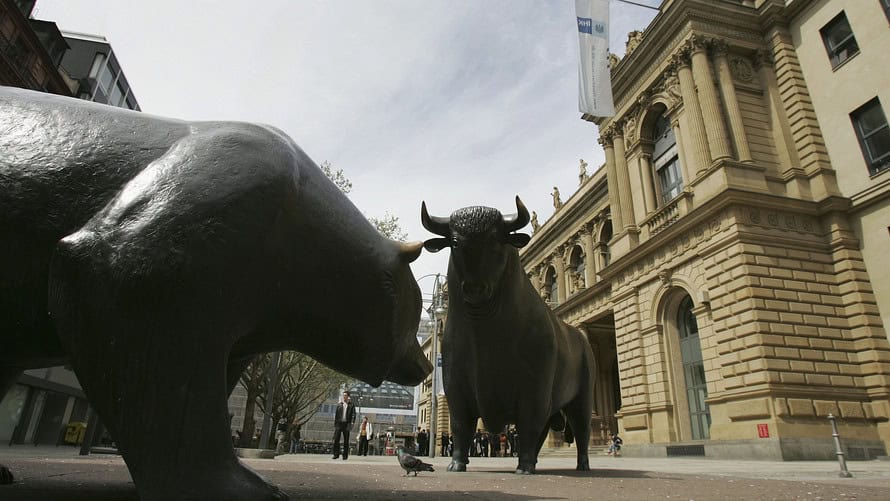
Many investing gurus are predicting a bear market in U.S. stocks. And many more are predicting new highs. How can you tell who is right?
Let us examine with the help of a chart. Please click here for an annotated chart of the effective federal funds rate (which is set by the Federal Reserve) and S&P 500 Index SPX, -1.82% Please note the following:
• The chart shows that the effective fed funds rate has risen rapidly.
• The fed funds rate is still lower than where it should be, given the strength in the U.S. economy.
• The Federal Reserve has indicated that it is on course to raise the rate in December.
• The Fed appears to be on course to raise the rate two to three times in 2019.
• The chart shows that a vast majority of the rise in the stock market over the past several years was primarily due to P/E (price/earnings) expansion stemming from low interest rates.
• Now the earnings have risen, and P/Es have fallen.
• According to our work at The Arora Report, earnings growth momentum has peaked.
• We have been sharing with you long before this stock market decline that, according to our work, economic growth in the world outside the United States, especially in China, was slowing.
• Lower economic growth often means lower earnings.
• Higher interest rates often mean lower P/Es.
• The character of the stock market is changing. What has worked over the last nine years is not likely to work over the coming years. Please see “The poster child of bull-market excess just dimmed the prospects of the broader stock market.”
It comes down to two things
What happens next in the stock market comes down to two things.
1. Does the Fed relent or stay on its present course? If the Fed stays on its present course, expect P/Es to shrink.
2. Will economic growth slow? In part, it depends on the resolution of the trade war.
How to tell
Watch the Fed. If the Fed were to stop raising rates and the trade war was resolved, expect a rip-roaring rally, potentially to new highs.
If the Fed continues on its present course and the trade war is not resolved, there is a high probability of a bear market.
It is worth remembering Arora’s Second Law of Investing: “Nobody knows with certainty what is going to happen next.” Investors should think in terms of probabilities.
What to do now
Here are some things to consider.
• Do not be overly concentrated in mega-cap tech stocks such as Facebook FB, +0.67% Apple AAPL, -4.78% Alphabet GOOG, +0.56% GOOGL, +0.29% Amazon AMZN, -1.11% and Microsoft MSFT, -2.78%
• Do not be overly concentrated in growth stocks such as Netflix NFLX, -1.34% CRM, -0.28% Workday WDAY, +2.21% and Adobe ADBE, +0.02%
• Hold a large amount of cash invested in Treasury bills and hedges. The Arora Report provides a precise level of cash and hedges to hold in these market conditions. Please see “How one investor sidestepped this week’s stock-market decline.”
• Be extra careful if holding long-term bonds.
• Follow an adaptive model with a proven track record in both bull and bear markets. An example is the ZYX Asset Allocation Model with inputs in 10 categories. Please click here to see the 10 categories.
• Hold on to good long-term positions.
• Focus on buying dips in special situations.
• Tilt the portfolio toward value.
• Be nimble. These days, market conditions change fast.
• Abandon recency bias. Most investors are suffering from recency bias, meaning they think the market will go up because it has gone up.